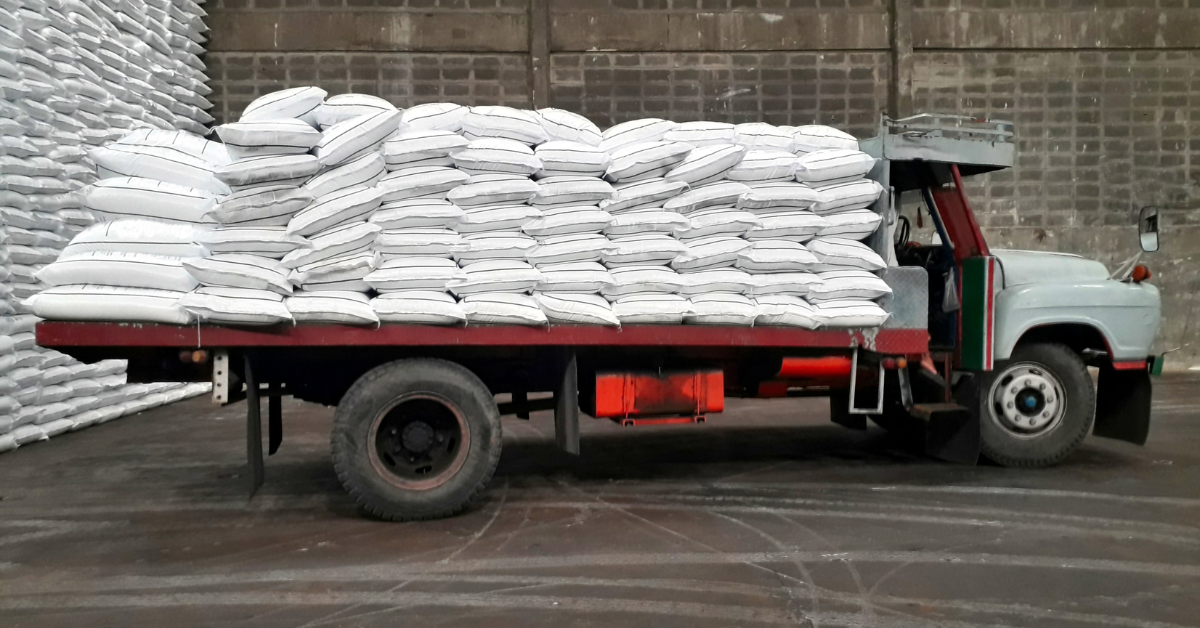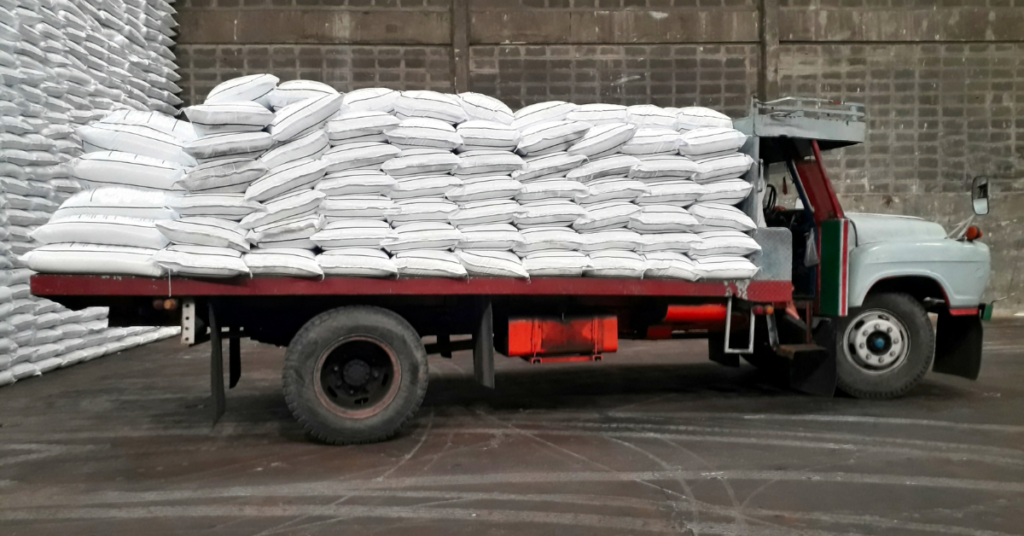
How India is Poised Amid Global Demand Revival
As global demand shows signs of revival, India must seize the opportunity to capitalize on this trend.
In 2023, global demand was relatively subdued due to lower consumer consumption and rising inflation in key markets such as Europe and the US. This resulted in a decline in India’s merchandise exports. However, experts now anticipate a gradual recovery in global demand, evidenced by a 11.86% year-on-year growth in exports (to $41.4 billion) in February 2024.
Despite the slowdown, industrial products like engineering goods, petroleum products, pharmaceuticals, and electronic goods maintained or increased their export levels. In contrast, consumer-facing segments such as garments, gems and jewelry, and handloom products saw a decline, according to Anubhav Kathuria, Director of Synergy Steels.
“In macro terms, we see inflation cooling down to preferable levels in Europe, which could enhance prospects for consumer-focused merchandise producers in India. The stainless steel industry, impacted by global macroeconomic developments, is looking at the year ahead with cautious optimism,” said Kathuria.
Aruna Sharma, Former Secretary, Ministry of Steel, believes a demand revival would also benefit small businesses and generate employment. “India contributes around 16% of global growth and has maintained a consistent growth rate of 6-8% in recent quarters. Despite challenges and reduced savings, the demand for FMCG goods is reviving. A global economic revival will positively impact MSMEs, driving employment and economic growth,” Sharma stated.
Strategies to Capitalize on the Gradual Demand Revival
Gopalakrishnan Narasimhan, Partner & Director-Africa at Kaizen Institute, noted that the gradual revival in global demand is expected to benefit key industries. Exports of electronic goods have seen remarkable growth, increasing over 25% from $21.07 billion in April 2023 to $26.51 billion in April 2024.
India’s major exports include pearls, precious and semi-precious stones and jewelry (16%); mineral fuels, oils, and waxes (12%); nuclear reactors, boilers, machinery, and mechanical appliances (5%); pharmaceutical products (5%); and organic chemicals (4%).
“Product linked incentives (PLI), which are expected to bring in incremental investment of Rs 7,920 crore and increase exports worth Rs 64,400 crore, alongside flexible FDI policies, have significantly diversified India’s export basket towards more value-added products like electronic goods and chemicals,” Narasimhan added.
Strengthening Supply Chains
Kathuria highlighted that India has learned from the pandemic to create a robust domestic base for raw materials and components in key manufacturing industries. This strategy includes infra-investments, financial incentives, and policy direction. The Critical Minerals Mission, for example, promotes the exploration of 30 critical minerals crucial for manufacturing stainless steel, electronics, and electrification products, which currently rely heavily on imports.
Narasimhan emphasized the volatility in the geopolitical realm and the potential disruptions to supply chains due to geopolitical tensions and economic sanctions. He projected the manufacturing industry’s share of GDP in India to increase from 15.6% to 21% by 2031, doubling India’s export market share. The government aims to boost merchandise exports to $1 trillion by 2027-28.
“With increased budgetary allocations for the manufacturing industry and the integration of emerging technologies like AI, along with dedicated schemes like Gati Shakti and the National Infrastructure Pipeline, India is on track to enhance its manufacturing and distribution networks and emerge as a global manufacturing hub,” Narasimhan noted.
Impact of Demand Revival on India’s Trade Destinations
Sharma pointed out that building trade centers takes years, and maintaining consistent supply and presence is crucial. “India lost the market in iron ore exports from Goa after a court stay on mining in 2018. Such setbacks need to be avoided. India has great potential in sectors like agriculture, textiles, pharmaceuticals, steel, and MSME products. The revival of the global economy is an opportunity for these sectors to thrive. Ensuring access to cheap working capital and complying with emission norms will enhance their export capabilities,” Sharma explained.
Since the 1991 reforms, India’s trade relations have significantly transformed, with increased exports to key markets like the US, Europe, and Asia. Narasimhan highlighted the exploration of newer markets such as Montenegro, Turkmenistan, Mongolia, and Honduras.
“The key reasons for the stellar export performance are the sharp recovery in key markets, increased consumer spending, accumulated savings, disposable income due to fiscal stimulus by major economies, global commodity price rises, and an aggressive export push by the government,” Narasimhan said.
India’s progress as a global export hub, coupled with increasing free trade agreements (FTAs) with major nations and entities, is expected to strengthen trade relationships in line with changing consumer trends and market dynamics.















